Grass Diseases
Something looking not quite right on your lawn, but you're not sure what it is? Use the guide below to identify common lawn diseases and learn how to treat it.

Type- Fungus
Cause- Moist soil and too little Nitrogen
Prevention- Fertilize
Treatment- Add pure Nitrogen, aerate, water infrequently
Effects- Cool season grasses

Type- Fungus
Cause- Mowing too low, too moist
Prevention- Raise mower blade to 3-4 inches, bag grass clippings, irrigate less
Treatment- Apply fungicides and stop irrigating
Effects- Bermuda grass & Zoysia grass
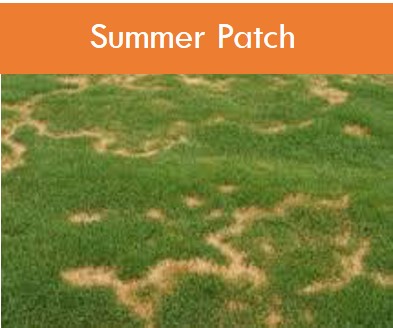
Type- Fungus
Cause- Too much thatch, poor soil, too much Nitrogen
Prevention- Bag lawn clippings, fertilize (but not too much Nitrogen)
Treatment- Overseeding dead area, aerate, light irrigation
Effects- All grasses
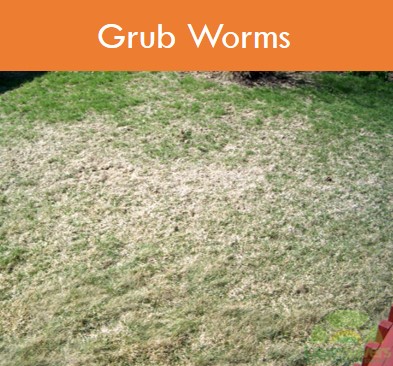
Type- Bugs
Cause- Overwatering, beetle infestations
Prevention- Irrigate less
Treatment- Aeration, insecticides
Effects- All grasses
Weed Prevention
Reactive Weed Treatments:
- Try weed & feed
- Hand pull
- Over seed
- Spot treat with herbicide
Proactive Weed Treatments:
- Feed regularly- Every 6-8 weeks
- Mow higher- Grass to over shade weeds
- Water deeply & infrequently- The thicker your grass grows the less room weeds have to grow
Types of Weeds
Learn how to identify the weeds in your lawn or garden.
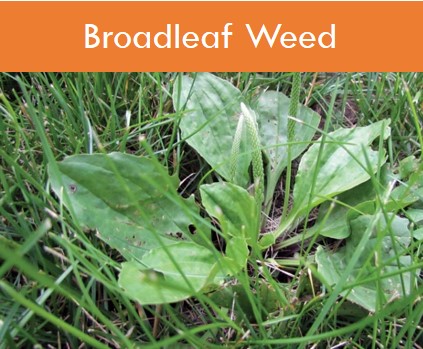
Identify It: Leaves are broad and flat (not grassy or needle-like).
Examples:
- Dandelion
- Clover
- Ground ivy
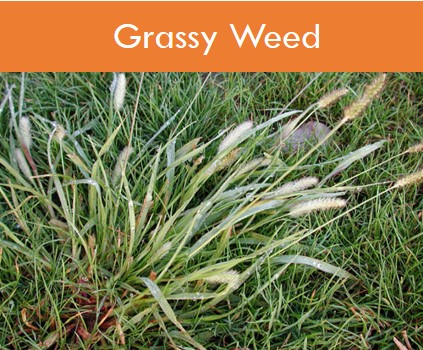
Identify It: Resembles grass in the way it looks and grows.
Examples:
- Crabgrass
- Foxtail
- Annual bluegrass
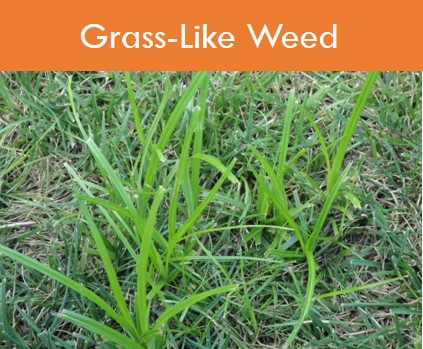
Identify It: While it looks like grass in appearance, leaves may be triangular or tube-like and hollow.
Examples:
- Nutsedge
- Wild onion
- Wild garlic
